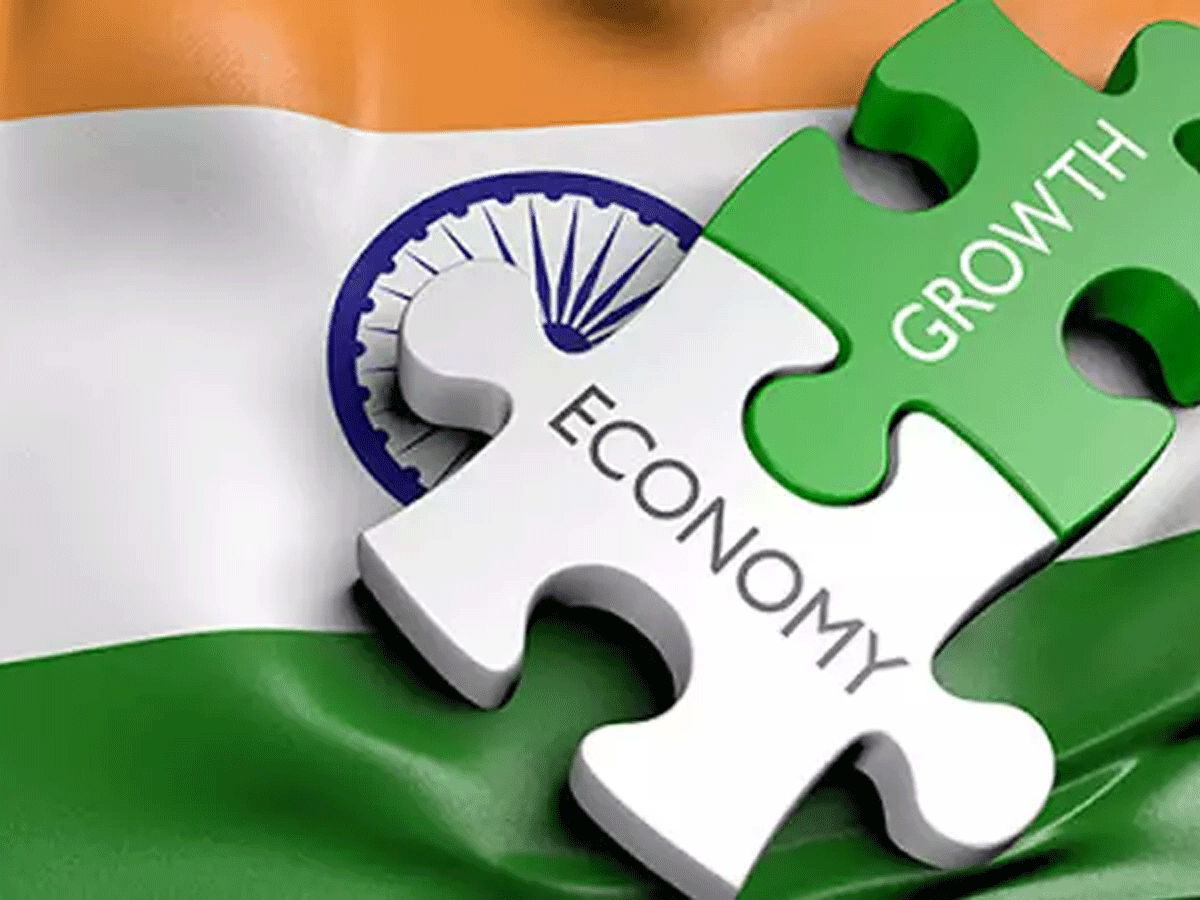
Slowdown in private consumption derails market
- February 7, 2025
- 0
In recent weeks, a slowdown in private consumption has dominated headlines. A combination of factors contributed simultaneously to this slowdown in private consumption.
First, wages for casual and earnings of self employed growth a modest pace. Second, food inflation averaged 7.1 per cent over the last eight quarters. Low-income households spend a significantly larger share of their monthly income on food compared to other income groups. As such, persistently elevated food inflation has significantly impacted the ability of low-income households to spend on discretionary items.
Third, the goods and services tax (GST). This increased burden of indirect taxes have contributed to higher retail prices, thereby suppressing demand.
Fourth, household financial liabilities rose sharply. Available data suggests that financial liabilities of household debt likely rose further in 2023-24. A part of the increased debt servicing burden was due to an increase in lending interest rates resulting from the RBI’s monetary tightening, which was necessary to tame inflation. The dual pressures of a rising debt-servicing burden and a deceleration in personal loans for consumption have profoundly weighed on consumption.
Fifth, the Indian stock market significantly out-performed many other markets in recent year, between April 2020 and March 2024, creating a large wealth for domestic investors. This should have boosted consumption. However, retail investors suffered huge losses of 1.81 trillion in the derivatives segment during 2022 and 2024 notably; most of these losses (90 per cent) were suffered by investors with an annual income of less than 5 lakh. Unlike gains in the cash (spot) segment, which are notional (unit realised), losses in the derivative segment are real, which could have dampened consumption of the middle-income group.
All the above factors have been detrimental for the middle class, impacting their consumption. Since higher income groups have not been adversely affected by these challenges, their consumption remains reasonably strong, evident in the rapid growth of premium products across sectors.
The slowdown in private consumption, which has been the mainstay of India’s aggregate demand, does not bode well for the growth prospects of the economy.
A key question is whether this slowdown is temporary or indicative of a deeper structural issue.
































































